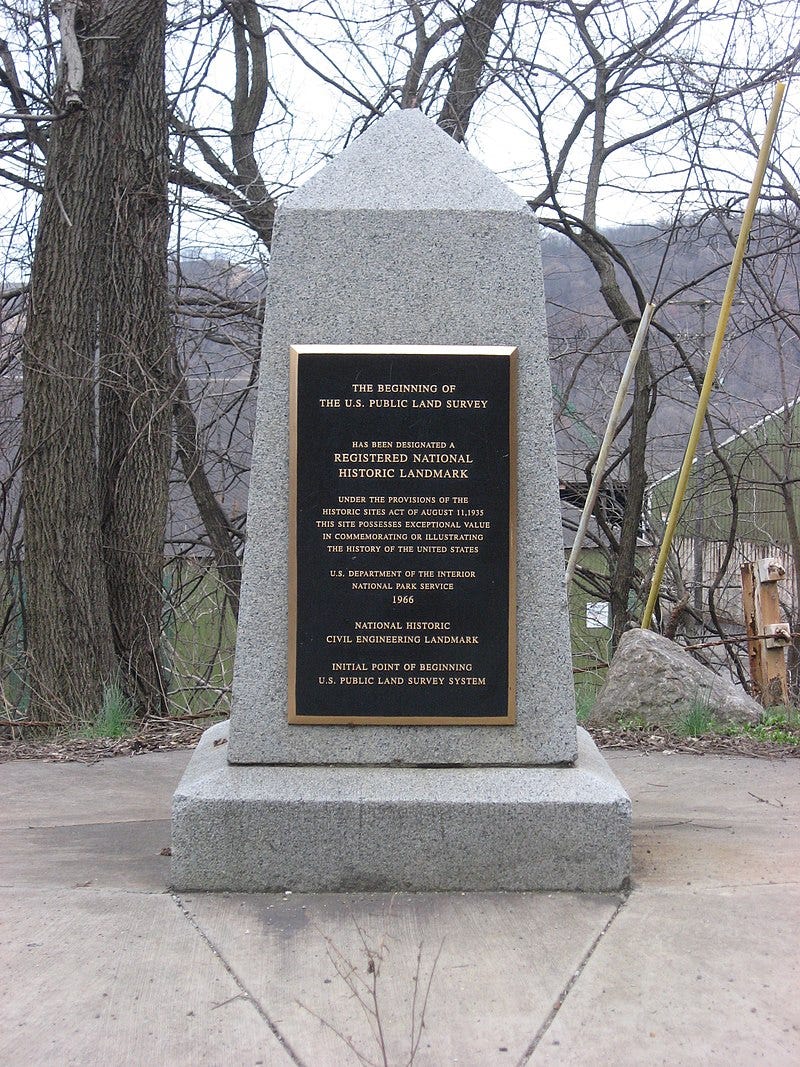Source: wikipedia.org
Today’s piece will be a little nerdy, perhaps a little lecture-y. You’ve been forewarned.
I often think about why American cities seem almost incapable of capitalizing on their assets, of routinely and easily making the case for greater investment from the federal and state levels of government. We struggle to make public transit inv…
Keep reading with a 7-day free trial
Subscribe to The Corner Side Yard to keep reading this post and get 7 days of free access to the full post archives.



